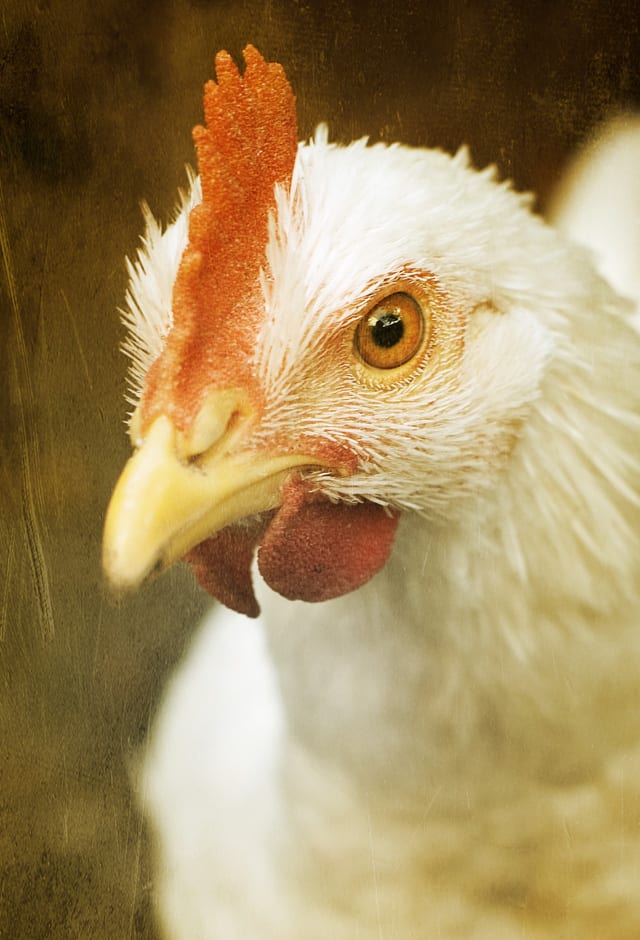
36 participants from the Middle East / North Africa (MENA) region attended the 1st Soybean Meal Virtual Roundtable Meeting on June 24. Participants hailed from major crushers, poultry integrators, feed millers, and traders in the region.
During the webinar; participants listened to presentations from distinguished speakers. Topics discussed included:
- Nutritional Strategies for Efficient and Sustainable Poultry Meat
- Safe Food Comes from Healthy Animals
- Ideal Amino Acid Requirements for Broiler, Layers, and Broiler Breeders
- EconomicValue of U.S. Soybean Meal Compared to Other Origins
- Key to Success in the Poultry Industry
During the last session; “Key to Success in the Poultry Industry,” USSEC consultant Dr. Gary Butcher provided his perspective as a veterinarian. Following that, three key contacts/leading companies shared their point of view on this topic, including Mahmoud Al Anani, Chairman, Dakahlia Poultry; Puzant Dakessian, CEO, Poultry Division, Wadi Group; and Dr. Sayyed Shalash, Professor of Poultry Nutrition, Animal Production Research Institute.
“Despite COVID-19, Egypt’s poultry industry, including grandparent, broiler parent stock, broiler, and layer farms, are working at full capacity, as are feedmills, hatcheries, and slaughterhouses,” said Dr. Shalash. “The demand of the ingredients is still the same as before and not impacted by the current situation. . .we must do our best to improve the efficiency of poultry production and manage flocks in a more efficient and sustainable way to ensure optimal performance. We also need to ensure high quality ingredients, especially soy and corn, major feed ingredients that make up around 85-90% of poultry rations.”
Dr. Nabil Darwish, chairman of the Egyptian Poultry Association, thanked USSEC for its “exerted efforts to continue communication with [its]partners around the world. . .introducing. . .every new technology.” He also was pleased with USSEC’s efforts to inform customers about the availability of U.S. soybeans and the impact of international soybean prices.
